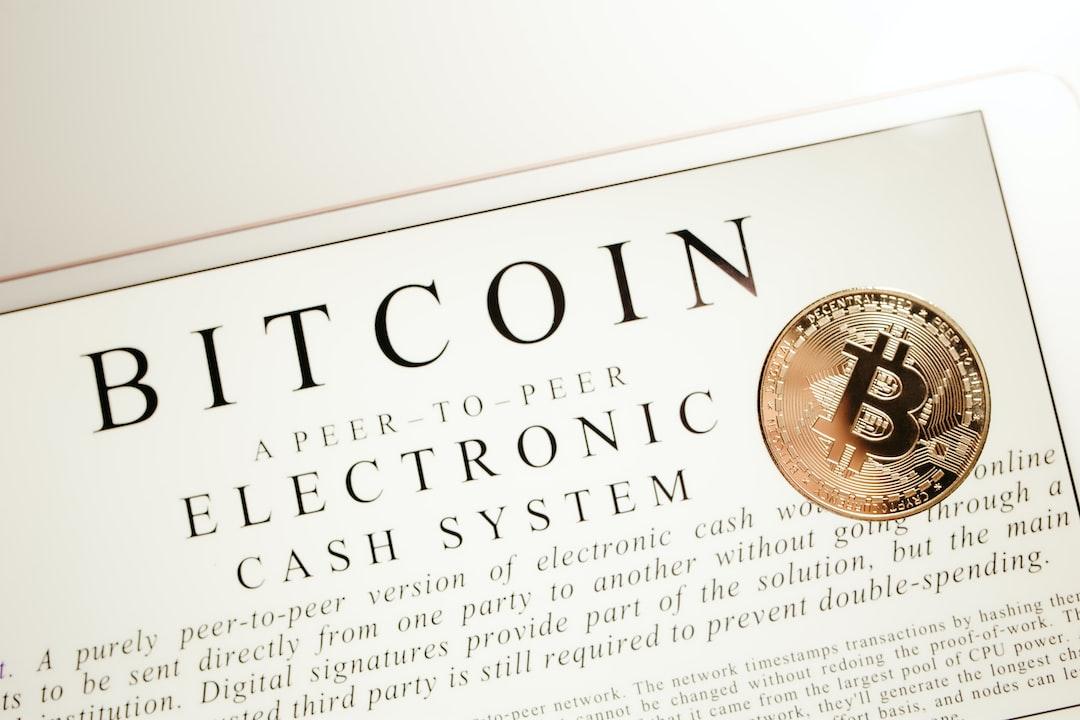The cryptocurrency ecosystem predominantly adopts a chain-centric perspective, driven by the perception of scarcity in blockchain space and the need to balance security and decentralization with performance and scalability. With the increasing demand for cross-chain interactions in a multi-chain environment, the chain-centric design has led to issues of inefficient transactions and fragmented user experience. To optimize cross-chain operations, the concept of chain abstraction has been proposed to abstract the complexity of underlying chains and enable smoother interactions between different blockchains. In this context, researchers Stephane Gosselin and Ankit Chiplunkar from the independent research organization Frontier Research, who focus on topics like MEV, have introduced a new concept called “OneBalance” that achieves chain abstraction by building an account-centric ecosystem.
The OneBalance framework is composed of and functions as a framework to create and manage so-called “credible accounts” that integrate users’ operations and assets in a multi-chain environment. These accounts run on credible commitment machines, manage states through resource locks, and reliably request state transitions, thus providing a more secure and efficient way for cross-chain interactions. The goal of OneBalance is to change the current state where any operation on a blockchain relies on users initiating it with a private key signature.
Credible accounts are the core components of the OneBalance framework and run on credible commitment machines to enable cross-chain functionalities and high security. These account types not only manage users’ assets and states on different blockchains but also ensure the reliability and security of state change requests. Credible accounts abstract the complexity of underlying blockchains, simplifying cross-chain transactions and asset management. Additionally, credible accounts abstract transaction fees, such as gas fees on different chains, so users no longer need to worry about the fee structures of different chains.
Credible commitment machines are the underlying technological foundation that enables the functionalities of credible accounts. They refer to hardware or software environments that can execute and guarantee the security of complex operations, including hardware security modules (TEE), multi-party computation environments (MPC), or smart contract accounts. Their main responsibility is to ensure the security of accounts, issue resource locks, and verify the fulfillment of these locks. Through credible commitment machines, OneBalance ensures that all account operations are carried out in a highly secure and validated environment, enhancing transaction reliability and tamper resistance.
Resource locks are mechanisms used in credible accounts to lock users’ assets or states until specific conditions are met. The design of resource locks aims to ensure the security and consistency of assets during cross-chain operations, preventing double spending or other types of fraudulent activities by users during the execution of operations. For example, users can lock specific tokens on one chain until an operation on another chain is successfully completed, ensuring that these tokens will only be transferred or released when all predetermined conditions are met. This locking mechanism enhances the security of cross-chain transactions but does not eliminate the need for bridging.
While OneBalance itself cannot guarantee complete atomicity, it can incentivize atomicity through locking mechanisms. Users can set trigger conditions for locking mechanisms, where locks are either triggered when specific conditions are met or unlocked only after specific transactions are completed, depending on a series of external events. If some operations between chains fail to execute as expected, the agents executing these operations will not gain economic benefits, ensuring the economic guarantee of operation atomicity.

Comparison with existing account types
There are two main existing account types: externally owned accounts (EOA) and smart contract accounts (SCA). EOA is the most basic type of blockchain account, controlled directly by a public-private key pair without involving any smart contract logic. As there is no mechanism on-chain to ensure that the transactions submitted by users are their final decisions, users can counteract previous transactions by submitting new transactions with changed nonces. Therefore, although EOA transactions are fast and low-cost, they cannot provide credible commitments. SCA is an account managed and controlled through smart contracts, allowing for more complex logic and transactions. However, SCA cannot initiate transactions proactively and has high costs.
Compared to the two main existing account types, OneBalance improves transaction security and non-repudiation through resource locks and credible commitment machines while maintaining transaction speed and cost efficiency. By internally implementing resource locks in a trusted computing environment without consuming significant gas or waiting for on-chain finality, OneBalance achieves a balance between cost and efficiency. Additionally, OneBalance supports the use of modern authentication methods such as session keys and multi-factor authentication (MFA), providing user experience improvements similar to smart contract accounts.
Furthermore, OneBalance can be compatible with the account system implemented by EIP-4337 to enhance its cross-chain account management functionalities when needed. However, OneBalance is not limited to using account abstraction and EIP-4337 chains; it is a general framework with a broader application scope. OneBalance can be seen as an extension of the concept of EIP-4337, expanding its ideas and adding cross-chain functionalities.
By implementing the OneBalance framework to centrally manage and operate user accounts and assets in a multi-chain environment, the shift towards an account-centric perspective in the Web3 ecosystem can be promoted. OneBalance provides a unified account interface that allows users to seamlessly transact between different blockchains without worrying about the differences between chains. This centralized account management also provides users with advanced security features and customizable settings, enhancing their control and protection over assets.

